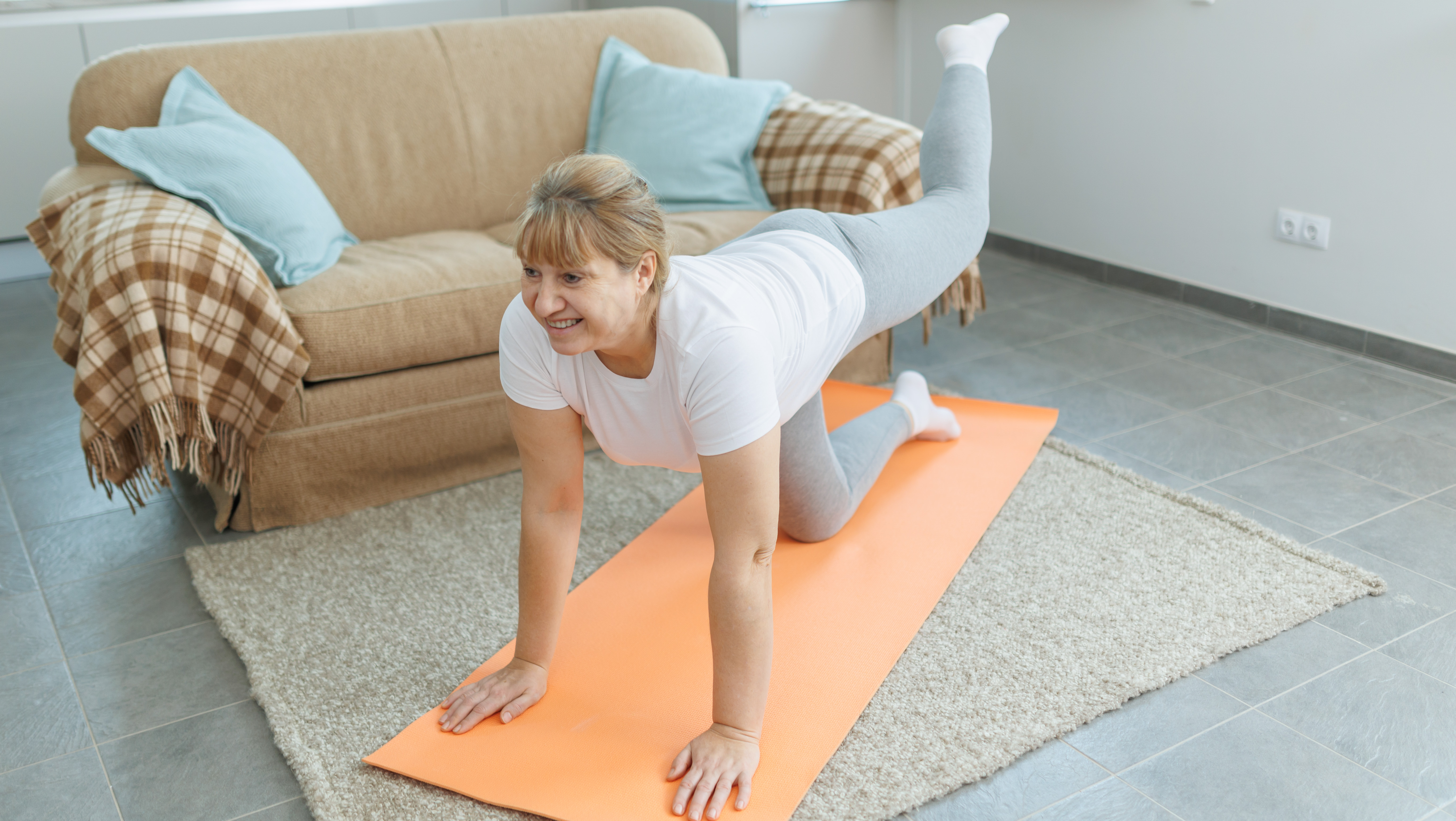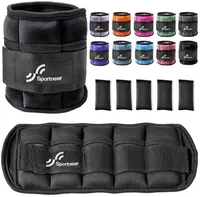Hate squats? A Pilates instructor says these five alternative bodyweight moves are all you need to build stronger glutes
And no, there’s not a squat in sight


Known for being one of the largest muscle groups in the body, the gluteal muscles drive everyday movements like running, jumping and lifting. They also help us sit, stand and walk with ease.
"Our glutes are also crucial when it comes to improving balance and preventing injury," Pilates instructor Annabel Bailey says. "Strong glutes help stabilize the pelvis and spine, reducing the risk of lower back pain and other injuries caused by muscular imbalances or weak hips.
"They also contribute to better posture and alignment, which is particularly important for counteracting the effects of sedentary lifestyles," she adds.
One of the best exercises for glutes is a simple squat, but not everyone likes this move. That's where routines like this Pilates session can come in handy, as they strengthen your muscles without putting strain on your knee joints.
How to do this beginner glute Pilates workout
A post shared by ANNABEL | PILATES • YOGA • PR (@movementbyannabel)
A photo posted by on
There are five moves in this workout, which can be adapted to suit your fitness levels:
- Leg lift
- Rainbow sweep
- Pulses
- Bend and extend
- Knee drive
"One of the huge benefits of Pilates is the ability to modify exercises to suit varying fitness levels," Bailey reiterates.
She recommends beginners complete one set of the exercises, performing 10 repetitions on each leg.
Start your week with achievable workout ideas, health tips and wellbeing advice in your inbox.
Intermediates might wish to use a pair of 0.5kg ankle weights and complete 15 repetitions on each leg.
These are adjustable ankle weights, which means you can change their load to suit your fitness level. Each weight can be adjusted between 1-5lbs and strapped to your wrist or ankle during a workout.
How to do the glute exercises
Leg lift
Reps: 10-15 each side
- Start on all fours, with your hands under your shoulders and your knees under your hips. Maintain a neutral spine.
- Extend your right leg back and keep your foot flexed.
- Inhale and lift your leg so it is in line with your torso.
- Pause at the top, before exhaling and lowering your leg.
Form tips: "You want to feel as though you are driving the move from your under glute, also known as your gluteal fold," says Bailey. "Aim to keep your spine neutral and your shoulders and pelvis still—imagine you’ve got headlights on your hips which need to be shining onto the mat."
Rainbow sweep
- Start on all fours, with your hands under your shoulders and your knees under your hips. Maintain a neutral spine.
- Extend your right leg back.
- Maintaining a straight leg, sweep your leg up and over in a rainbow arc behind you, tapping the left side of the mat followed by the right.
Form tips: "As with the leg lift, you want to feel as though you are driving the move from your gluteal fold."
Pulses
Reps: 10-15 each side
- Starting in your all-fours position, come onto your forearms so that your hands are pointing forward.
- Extend your right leg behind you, with your knee at a 90° angle, so your thigh is parallel to the floor and your heel is pointing toward the ceiling.
- Maintaining the 90° angle, drive your heel toward the ceiling in a pulsing motion.
Form tips: "Smaller is better," Bailey says. "Think about kicking the ceiling off with your heel, but imagine that the ceiling is only a few inches away from your foot. Aim to keep your hips square and facing down towards the mat."
Bend and extend
- Starting in your all-fours position, come onto your forearms again.
- Extend your right leg behind then bring your knee up at a 90° angle, so your thigh is parallel to the floor and your heel pointing towards the ceiling.
- Hinging at the knee, extend your leg so that your whole leg is in line with your torso. Then take it back into a 90° bend before hinging again.
Form tips: "Aim to keep your thigh parallel to the mat at all times," says Bailey.
Knee drive
Reps: 10-15 each side
- Starting in your all-fours position, inhale as you take your leg into a 90° bend behind you.
- Exhale and drive your knee down towards the mat and past your other leg as if sending it to the front of the room.
- Inhale and drive your knee back to the starting position.
Becks is a freelance journalist and writer with more than 7 years of experience in the field. She writes health and lifestyle content for a range of titles including Live Science, Top Ten Reviews, Tom’s Guide, Stylist, The Independent, and more. She also ghostwrites for a number of Physiotherapists and Osteopaths.
Health has been a big part of Becks’ lifestyle since time began. When she’s not writing about the topic of health, she’s in the gym learning new compound exercises. And when she’s not in the gym, she’s most probably reading.

